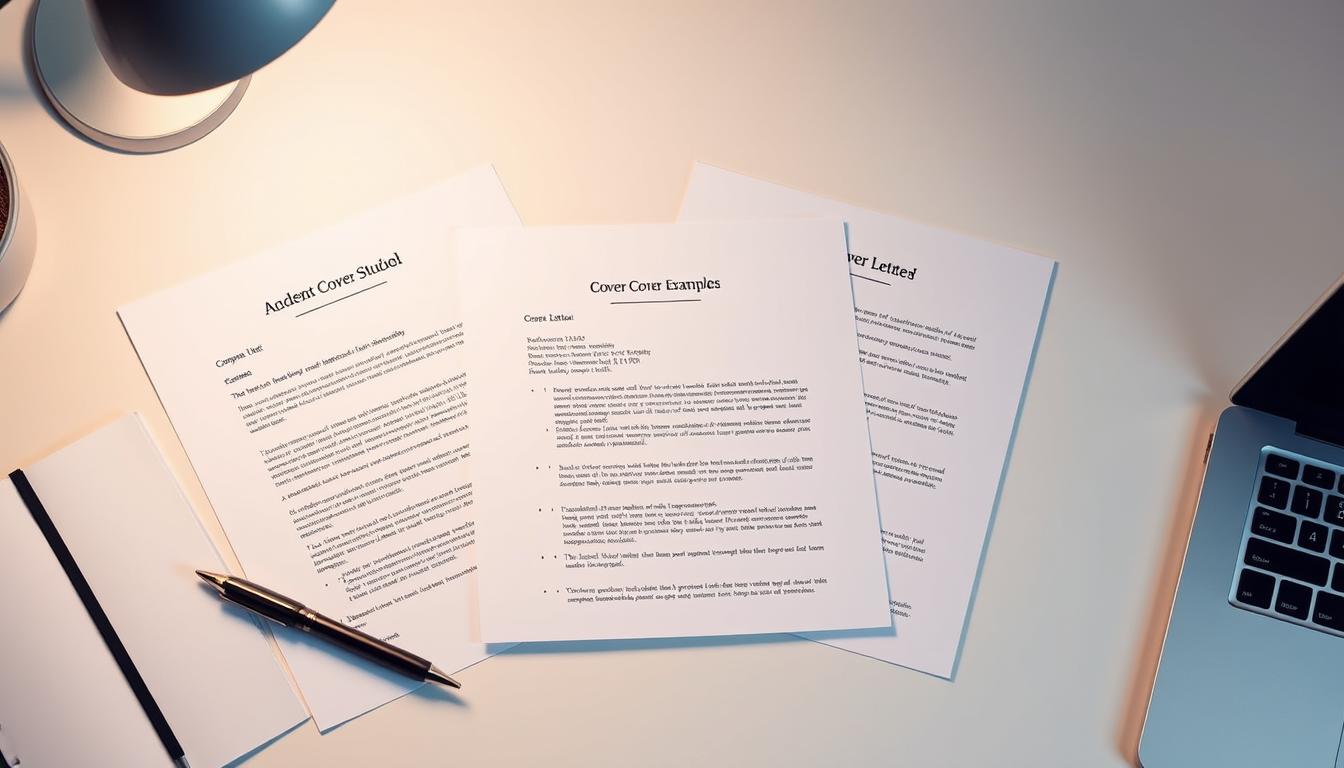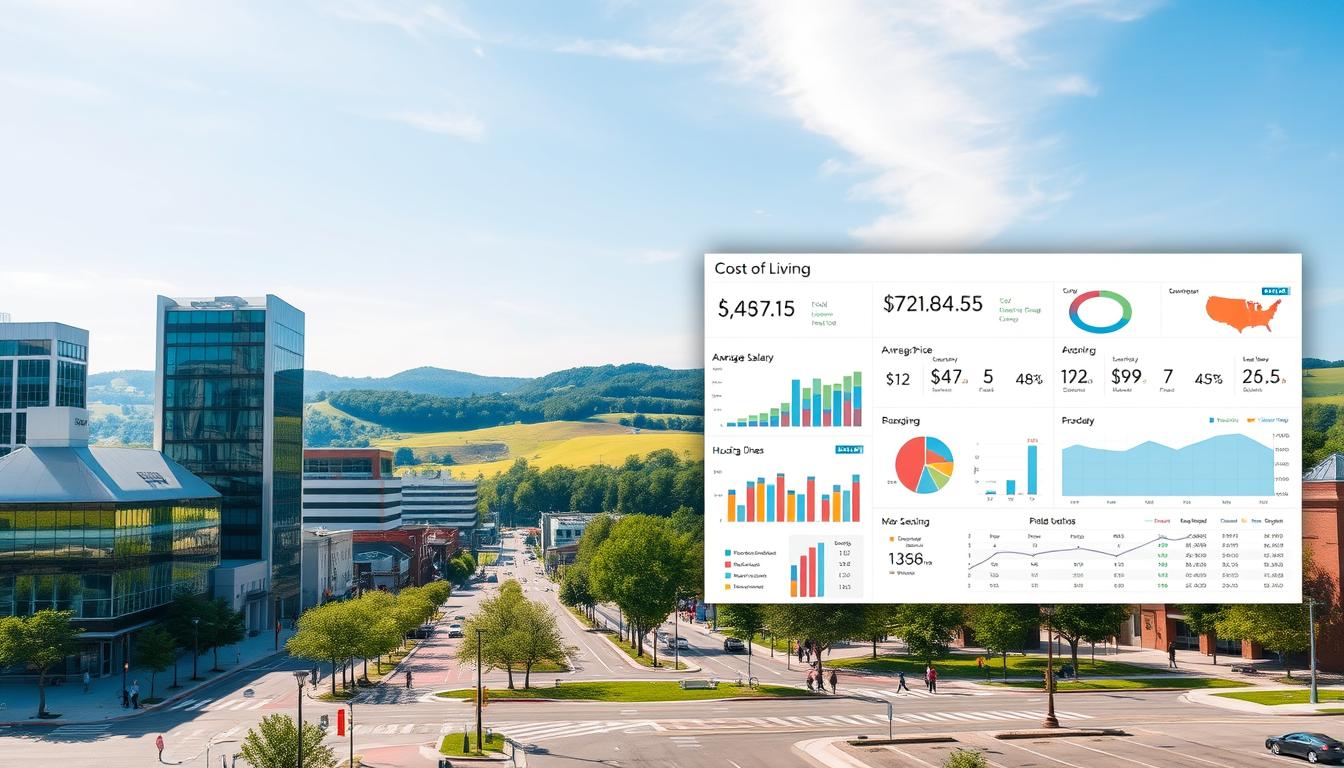Landing your first job or internship requires more than just enthusiasm—it demands a polished application that highlights your potential. Whether you’re applying for part-time roles, volunteer positions, or competitive internships, a well-crafted document can bridge the gap between limited experience and employer expectations.
This guide provides actionable templates tailored to common opportunities for young applicants. You’ll learn how to frame academic projects, leadership roles, and extracurricular wins as valuable assets. For instance, organizing a fundraiser or leading a club demonstrates skills employers want—like teamwork and initiative.
We’ve included well-formatted templates for retail, office work, and service industries. Each example shows how to align your background with job requirements, even if you’re new to the workforce. You’ll also discover strategies to avoid generic phrases and instead use specific achievements that make your application memorable.
Key Takeaways
- Learn to turn academic projects and extracurriculars into compelling proof of skills
- Adapt templates for different industries, from retail to tech internships
- Use strategic formatting to highlight your strengths quickly
- Replace vague statements with measurable accomplishments
- Discover internship-focused examples that showcase passion and curiosity
- Master professional tone without sounding overly formal
Introduction: The Value of a Professional Cover Letter for High School Students in 2025
While resumes get most of the attention, a well-written introduction can be your secret weapon in job applications. In 2025’s competitive market, hiring managers review hundreds of submissions for every opening. A tailored document helps you stand out when traditional work history is limited.
This isn’t just about listing grades or club memberships. It’s your chance to connect classroom projects to real-world skills. For example, leading a student council initiative demonstrates problem-solving abilities, while organizing volunteer events shows teamwork—qualities employers value.
Tools like RoboApply’s AI builder simplify creating industry-specific templates that pass automated screening systems. You’ll learn to frame part-time babysitting as time management experience or summer camp assistance as leadership practice.
Three reasons this document matters:
- Explains why you’re interested in the role, not just what you’ve done
- Transforms extracurriculars into evidence of reliability and creativity
- Demonstrates professionalism through clear, error-free writing
By focusing on transferable skills, you turn perceived weaknesses into strengths. A 2023 survey found applicants who personalized their submissions received 40% more interview requests—proof that effort here pays off.
Understanding the Basics of a Cover Letter for High School Students
Building an effective application starts with knowing what makes employers take notice. Unlike a resume, this document lets you connect your background to specific job needs—even without formal work history.
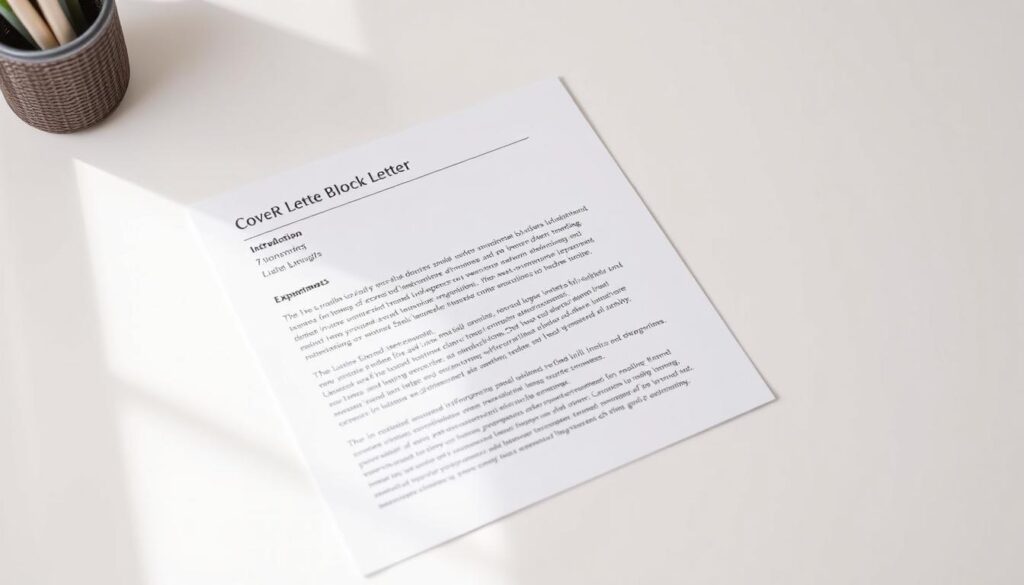
Key Components Every Cover Letter Must Include
Start with your full name, address, and a professional email at the top. Add the date and the company’s contact details. Use a greeting like “Dear Ms. Rodriguez” instead of “To Whom It May Concern” to show you’ve researched the team.
Your opening paragraph should name the position and where you found it. Quickly mention your strongest qualification—like leading a robotics team or managing volunteer schedules. For example: “My experience coordinating 15+ community service projects taught me to balance deadlines with teamwork.”
In body paragraphs, link coursework or clubs to job requirements. If applying for retail, discuss cash handling from fundraiser sales or customer service at school events. Use specific numbers: “Increased bake sale profits by 30% through social media promotion.”
What Hiring Managers Look For in a High School Cover Letter
Employers want proof you understand their needs. Mention the company’s values or recent projects you admire. For a tech internship, reference their app updates or sustainability goals.
Show enthusiasm without sounding generic. Instead of “I love your brand,” try: “Your summer coding workshops inspired me to create my first mobile game using Python.” This demonstrates research and genuine interest.
Close with a clear next step. State your availability for interviews and thank them for considering your application. Need inspiration? Review this structured example to see how professionals frame their qualifications.
Crafting a Memorable Cover Letter Header as a High School Student
Your header creates the first impression—it’s where employers look to contact you. Get this right, and you’ll appear organized before they read a single sentence. Follow these guidelines to build a polished introduction that aligns with modern hiring standards.
Essential Contact and Personal Information
Start with your full name in bold at the top. Include your street address, city, and ZIP code. Use a phone number you check daily and an email address like emily.wang@domain.com—avoid nicknames or outdated providers (think AOL or Yahoo).
Add the date written out fully: May 15, 2025, not 5/15/25. Below this, list the hiring manager’s name, company address, and job title if known. Verify these details on the company website or LinkedIn to avoid errors.
Design and Format Best Practices
Match your resume’s font style and size—consistency matters. Use black text on white background with 1-inch margins. Avoid graphics, colored fonts, or unusual layouts that distract from your content.
Include a LinkedIn profile only if it showcases relevant clubs, volunteer work, or projects. For inspiration, review these cover letter examples for teens demonstrating clean header designs.
Double-check every detail. A 2024 survey found 63% of hiring managers discard applications with typos in contact info. Use tools like RoboApply’s simple cover letter template to automate formatting while focusing on content.
Writing an Eye-Catching Introduction and First Impressions
Your introduction sets the tone for your entire application. A well-structured opening grabs attention while showcasing your qualifications. Focus on clarity and relevance to make employers want to keep reading.
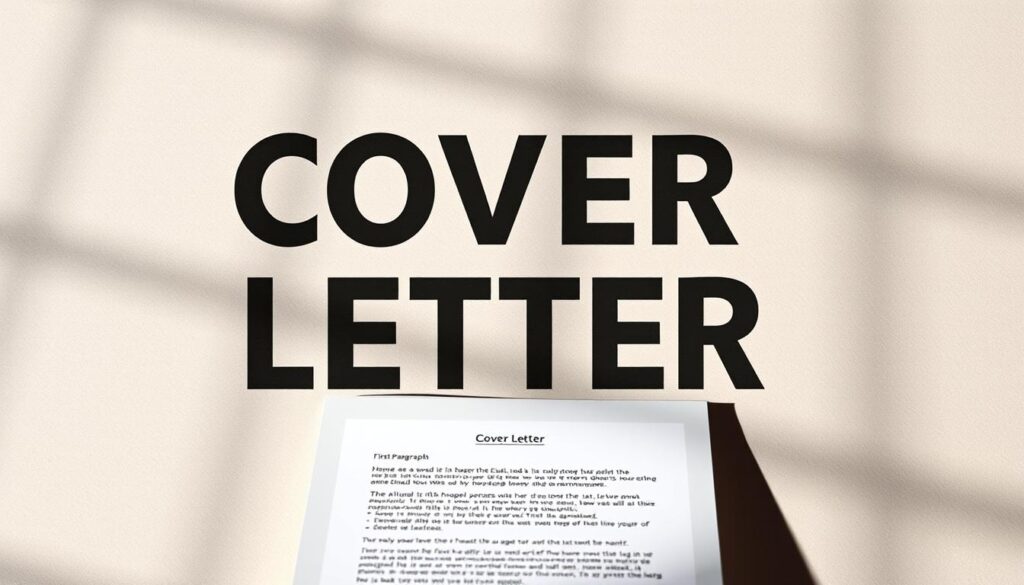
Starting with a Strong, Personalized Greeting
Always address the hiring manager by name. Use LinkedIn or company websites to find this detail—it shows effort. For example: “Dear Ms. Carter” works better than generic phrases. If unsure, call the company to confirm.
Mention where you found the job posting. This builds credibility: “I was excited to see your marketing internship listed on the community bulletin board.” Pair this with a clear statement about the role you want.
Highlighting Your Educational and Extracurricular Achievements
Lead with your strongest accomplishment. Did you organize a food drive that served 200 families? Win a robotics competition? Start there. Connect these experiences to job skills like leadership or problem-solving.
Include relevant coursework. Advanced math classes show analytical thinking for finance roles. Theater participation demonstrates teamwork for customer service positions. Use targeted examples to prove you’re prepared.
End with enthusiasm. Explain why this role matters to you: “Your summer coding camp inspired me to pursue app development—I’d love to contribute my Python skills to your team.”
Mastering the Professional High School Student, Cover Letter: Tips and Examples
Every sentence in your document should serve a purpose, proving your readiness for the role. Focus on connecting classroom experiences to workplace needs—like using biology lab reports to demonstrate attention to detail for research assistant positions.
1. Prioritize Relevance Over Quantity
Replace generic statements with specific skills gained through activities. Managed a part-time babysitting gig? Frame it as “scheduled 10+ weekly appointments while maintaining client trust.” This shows time management without formal job history.
2. Mirror the Job Description
If a retail position requires teamwork, reference group projects or sports. “Collaborating on our science fair entry taught me to meet deadlines under pressure” aligns directly with employer needs.
3. Quantify Your Impact
Numbers grab attention. “Increased food drive donations by 40% through social media campaigns” proves results better than vague claims. Use percentages, hours volunteered, or people led.
4. Balance Confidence with Curiosity
Show eagerness to learn: “While I mastered HTML through coding clubs, I’m excited to expand my skills through your mentorship programs.” This positions you as coachable yet capable.
Tools like customizable templates for teens help structure these elements effectively. They guide you in highlighting academic achievements while maintaining professional tone—critical for passing applicant tracking systems.
Highlighting Academic Achievements and Extracurricular Skills
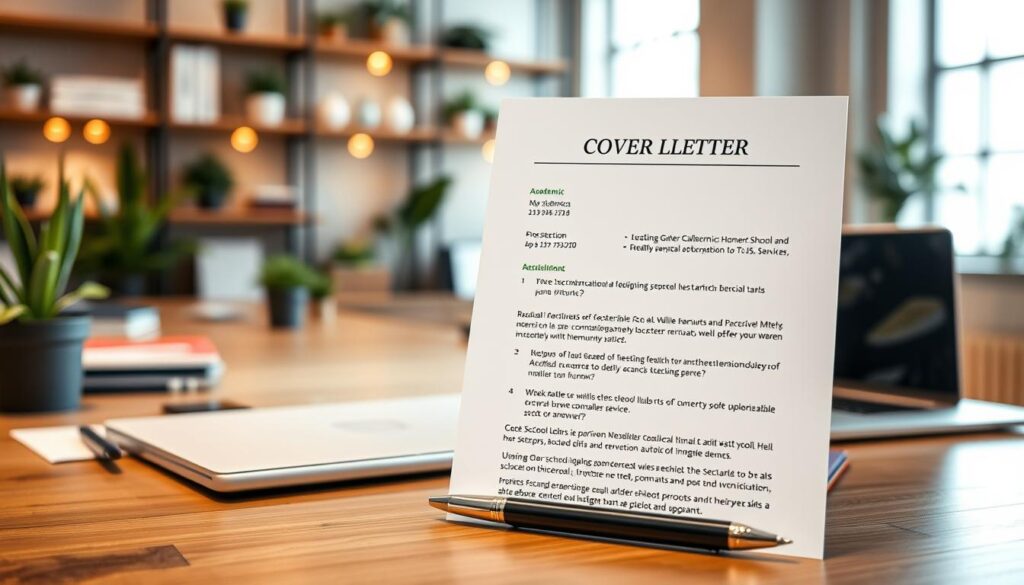
Your academic and extracurricular background holds untapped potential employers want to see. Start by identifying courses that align with the position. Applying for a tutoring role? Mention advanced math grades or peer mentoring programs. For retail jobs, highlight economics projects analyzing consumer behavior.
Quantify results to add credibility. Instead of “helped with fundraisers,” write: “Coordinated 8 volunteers to raise $1,200 for library renovations through bake sales.” Use percentages for academic performance: “Ranked in the top 10% of chemistry students through lab research on sustainable materials.”
Extracurriculars demonstrate workplace-ready abilities. Leading a robotics team shows problem-solving. Organizing theater productions proves time management. Frame these using action verbs: “Managed budgets for 3 club events” or “Resolved scheduling conflicts for 15 team members.”
Connect experiences directly to job requirements. If a role needs communication skills, reference debate club leadership or class presentations. A 2024 study found applicants who made these connections received 34% more interview callbacks. Use targeted strategies to map your background to employer needs without sounding forced.
Avoid listing every achievement. Prioritize 2-3 impactful examples that showcase growth and relevance. For tech internships, highlight coding competitions over unrelated sports activities. Always explain how each experience prepares you for the specific role’s challenges.
Structuring Your Cover Letter with Clear Job-Specific Details
Customizing your message shows employers you’ve done the work to understand their needs. Start by studying the job description like a roadmap—highlight phrases like “team collaboration” or “detail-oriented” that match your experience.
Tailoring Content to the Employer's Requirements
1. Mirror the company’s language. If they mention “customer-first approach,” describe how you resolved client issues during volunteer shifts. This alignment helps applicant tracking systems flag your submission.
2. Prioritize relevant achievements. Applying for a library position? Focus on organizing school book drives rather than unrelated sports stats. Use metrics: “Sorted 300+ donated books for literacy programs.”
3. Connect to company values. Research their mission statement or recent projects. For eco-conscious brands, mention environmental club leadership. This proves you’re invested in their goals.
Tools like targeted templates help you introduce yourself effectively while maintaining focus. Always name the hiring manager and reference specific job duties to demonstrate attention to detail.
FAQ
How do I address lack of work experience in my application?
Focus on transferable skills gained through volunteer work, clubs, or class projects. Mention specific tasks like organizing events, teamwork in sports, or leadership roles in group assignments. Employers value reliability and enthusiasm as much as formal job history.
Should I include my GPA if it’s not perfect?
Only share academic metrics if they strengthen your case. Instead, highlight relevant coursework, certifications, or awards. For example: “Completed advanced coursework in business math” or “Earned robotics club’s Most Improved Member award.”
What’s the biggest mistake to avoid in formatting?
Using unprofessional email addresses like “partygirl123@email.com.” Create a simple address with your name initials and numbers. Always use a readable font like Arial 11-12pt and left-align all text for clean visual flow.
Can I mention babysitting or dog-walking as experience?
Absolutely. Frame these activities using professional language. For example: “Managed scheduling for five client families” or “Developed responsibility through pet care services.” These show initiative and time management skills employers want.
How long should the letter be if I’m applying to retail jobs?
Keep it to 3-4 concise paragraphs. Retail managers prioritize clear communication and customer focus. Use bullet points to highlight cash handling experience, conflict resolution skills, or volunteer work demonstrating public interaction abilities.
Do I need different versions for online submissions?
Yes. Remove mailing addresses for digital applications. Use hyperlinks for portfolios or LinkedIn profiles if relevant. Save files as “FirstName_LastName_CoverLetter.pdf” to help hiring teams organize submissions efficiently.
